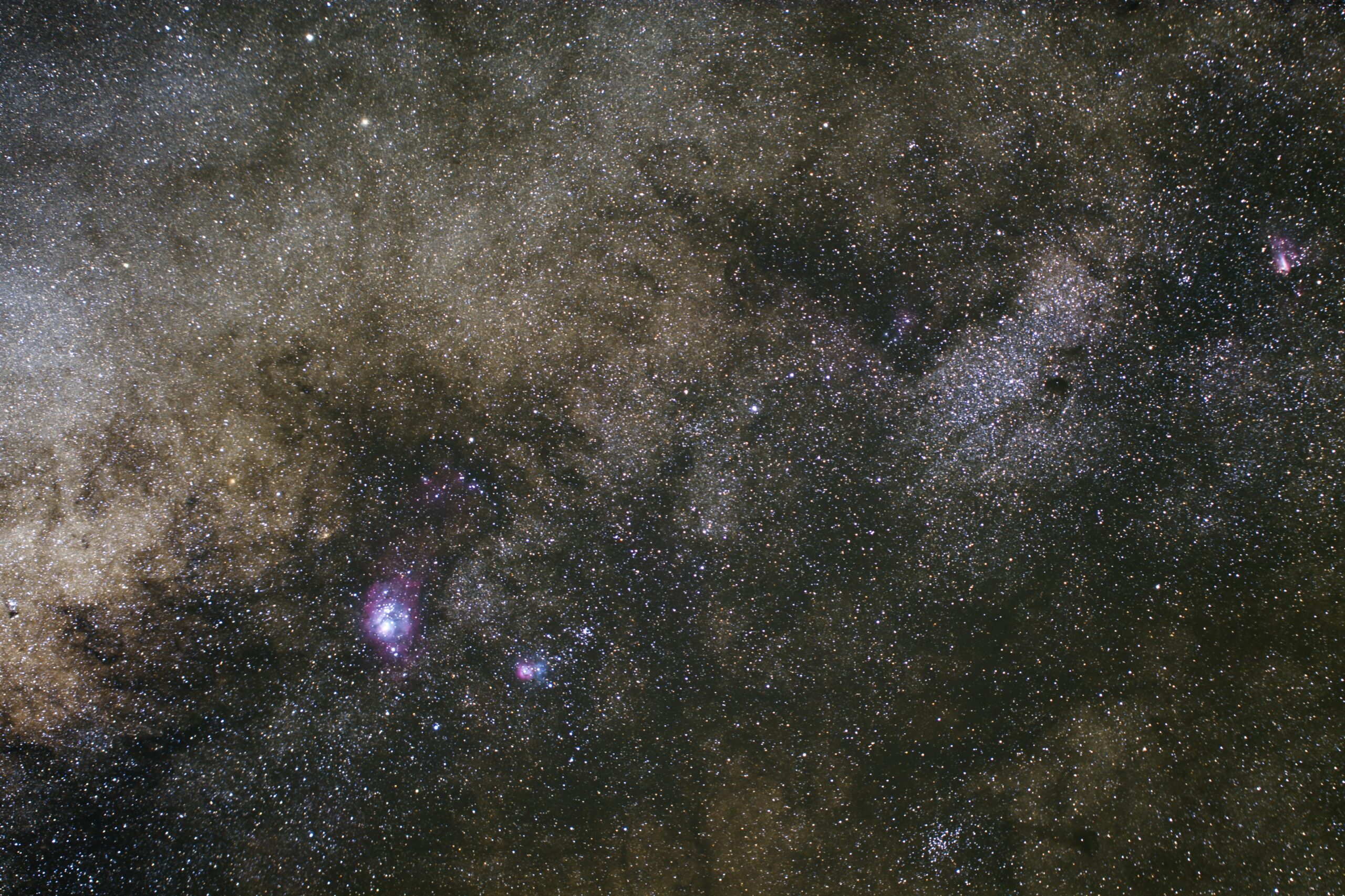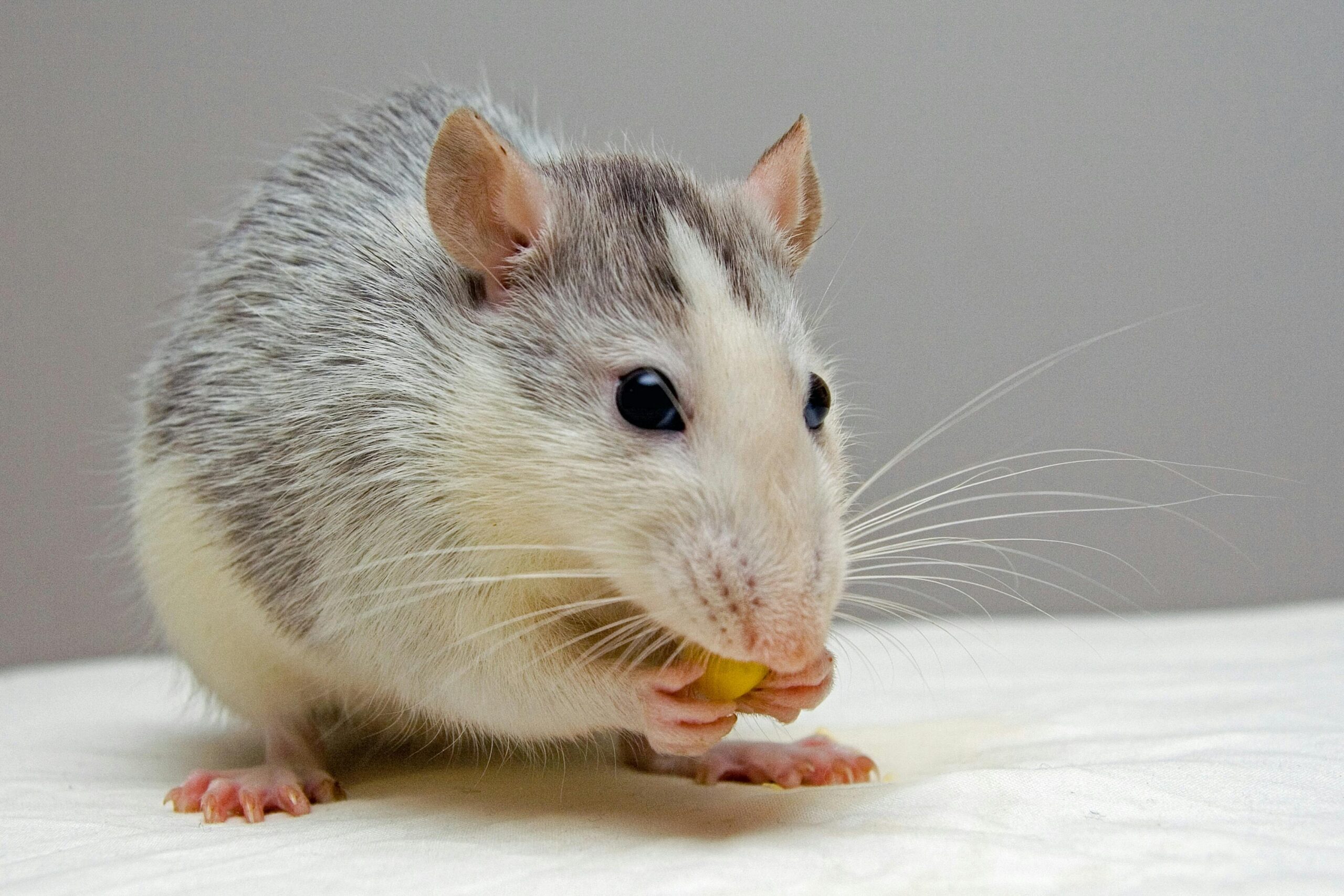(image credit: by Eclipse Chasers )
Scientists using the James Webb Space Telescope have spotted intriguing chemical signatures in the atmosphere of exoplanet K2-18b. Could this be the first hint of life beyond Earth?
A Cosmic Breakthrough 124 Light-Years Away
Astronomers have made a remarkable discovery that’s stirring excitement across the scientific community. Using the cutting-edge James Webb Space Telescope (JWST), researchers detected traces of two organic compounds — dimethyl sulfide (DMS) and dimethyl disulfide (DMDS) — in the atmosphere of exoplanet K2-18b, which is located approximately 124 light-years away in the constellation Leo.
What’s so exciting? On Earth, these gases are almost exclusively produced by marine life, particularly phytoplankton — tiny plant-like organisms that live in the ocean. In other words, these compounds are considered potential biosignatures: chemicals that could point to the existence of life.
Why K2-18b Is Special
K2-18b is what astronomers call a “Hycean planet” — a world possibly covered in oceans with a hydrogen-rich atmosphere. It’s larger than Earth but smaller than Neptune, sitting in the so-called habitable zone of its parent star — the sweet spot where conditions might be right for liquid water to exist.
JWST’s highly sensitive instruments allowed scientists to analyze the starlight passing through the planet’s atmosphere as it transited in front of its star. By breaking down the light into its component wavelengths, researchers identified the chemical fingerprints of DMS and DMDS.
What Do These Gases Mean?
On Earth, DMS and DMDS are byproducts of biological activity — they come from decaying organic matter and marine microorganisms. The presence of these molecules on a distant exoplanet doesn’t prove life exists there, but it certainly raises the possibility.
This finding is particularly exciting because it’s not just methane or carbon dioxide — common in planetary atmospheres — but complex organic molecules linked to biological processes. As Dr. Nikku Madhusudhan from the University of Cambridge (one of the lead researchers) stated, “This is a tantalizing step forward in our quest to answer the age-old question: Are we alone in the universe?”
The Road Ahead: Life, or Something Else?
Despite the excitement, scientists remain cautious. DMS and DMDS could also be produced through unknown geological or chemical processes, especially on alien worlds vastly different from Earth. More data and analysis will be needed to confirm whether these molecules truly indicate biological life.
But what’s clear is this: we’re getting closer than ever to answering one of humanity’s biggest questions. As technology like JWST continues to scan the stars, our chances of discovering life beyond Earth grow stronger.
The detection of organic molecules in K2-18b’s atmosphere may not be a smoking gun, but it’s a powerful hint — a cosmic whisper that something interesting is out there. Whether it turns out to be microbes or minerals, this finding underscores the growing capabilities of modern astronomy and the importance of keeping our eyes on the skies.


